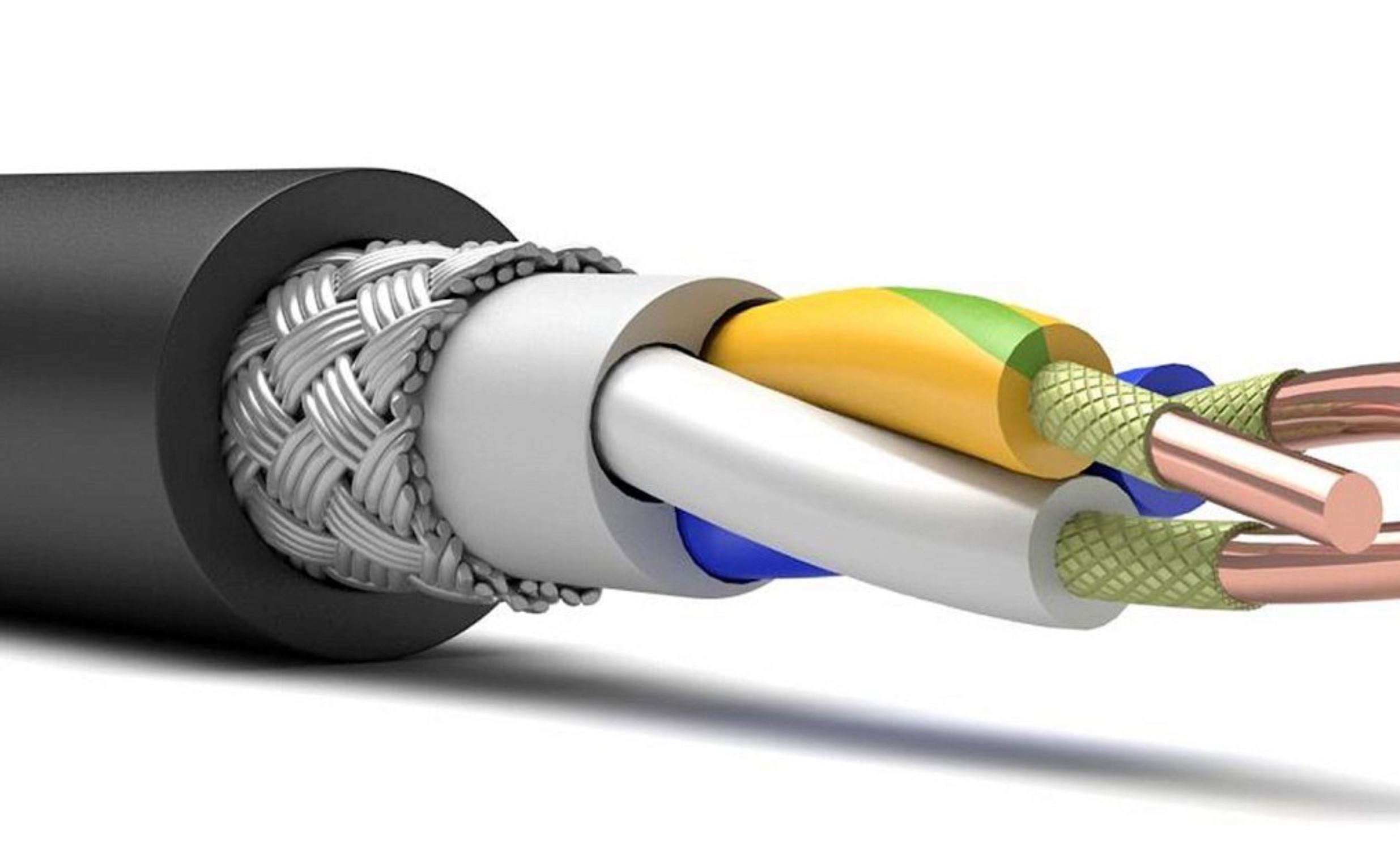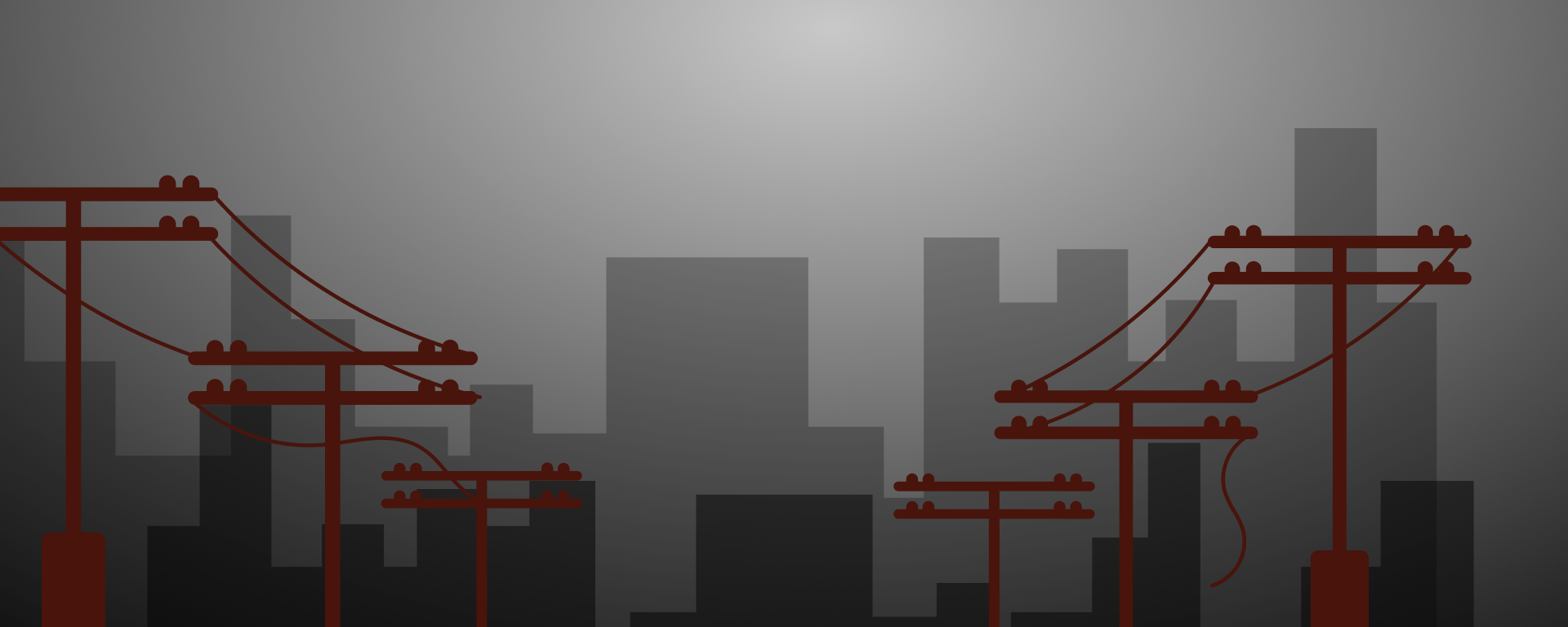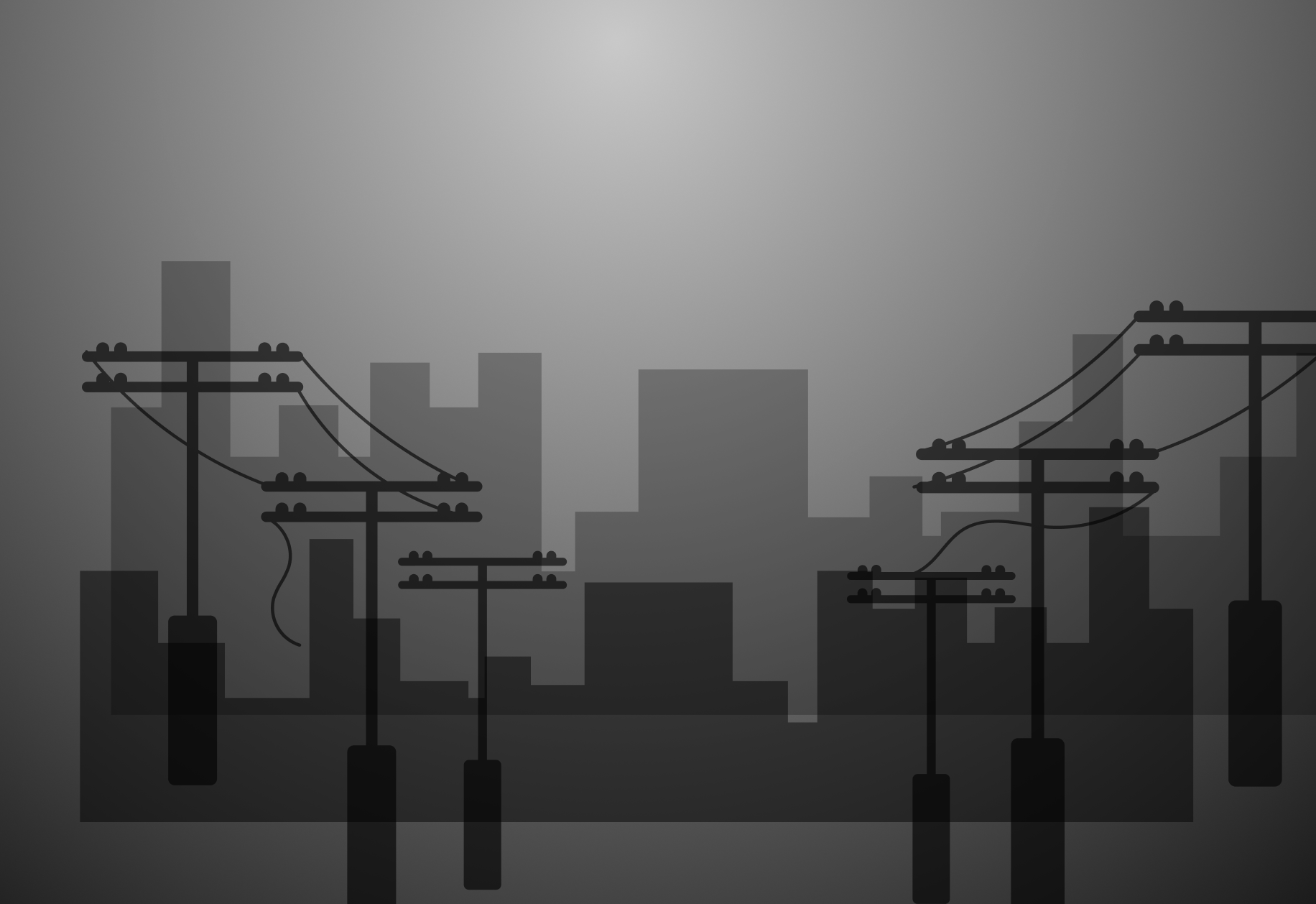Electrical insulation is a material or barrier that prevents electric current from flowing between conductors or between a conductor and the ground. Its main purpose is to avoid short circuits, current leakage, and electric shock hazards.
Key Properties of Insulating Materials:
- High resistance – Blocks the flow of electric current.
- Dielectric strength – Withstands high voltage without breakdown.
- Heat resistance – Maintains insulating properties at high temperatures.
- Flexibility & mechanical strength – Essential for cables and wiring.
- Chemical & moisture resistance – Prevents corrosion and degradation.
Common Insulation Materials:
- Polymers: PVC, polyethylene (PE), Teflon (PTFE), rubber.
- Ceramics & glass – Used in high-voltage lines and electronics.
- Oil-impregnated paper – Found in power cables.
- Varnishes & epoxy resins – Used in transformers and motor windings.
Where Is Insulation Used?
- Wires and cables (household, industrial, high-voltage).
- Transformer and motor windings.
- Circuit boards & electronic components.
- Power lines & substations.
What Happens If Insulation Fails?
- Short circuits (uncontrolled current flow).
- Fires (from sparks and overheating).
- Electric shocks (if exposed wires are touched).
Damage to the insulation (cracks, overheating, moisture) can lead to a short circuit, fire, or electric shock, so it is regularly checked using special equipment (Cable Fault Location System)


